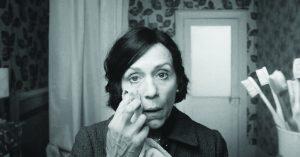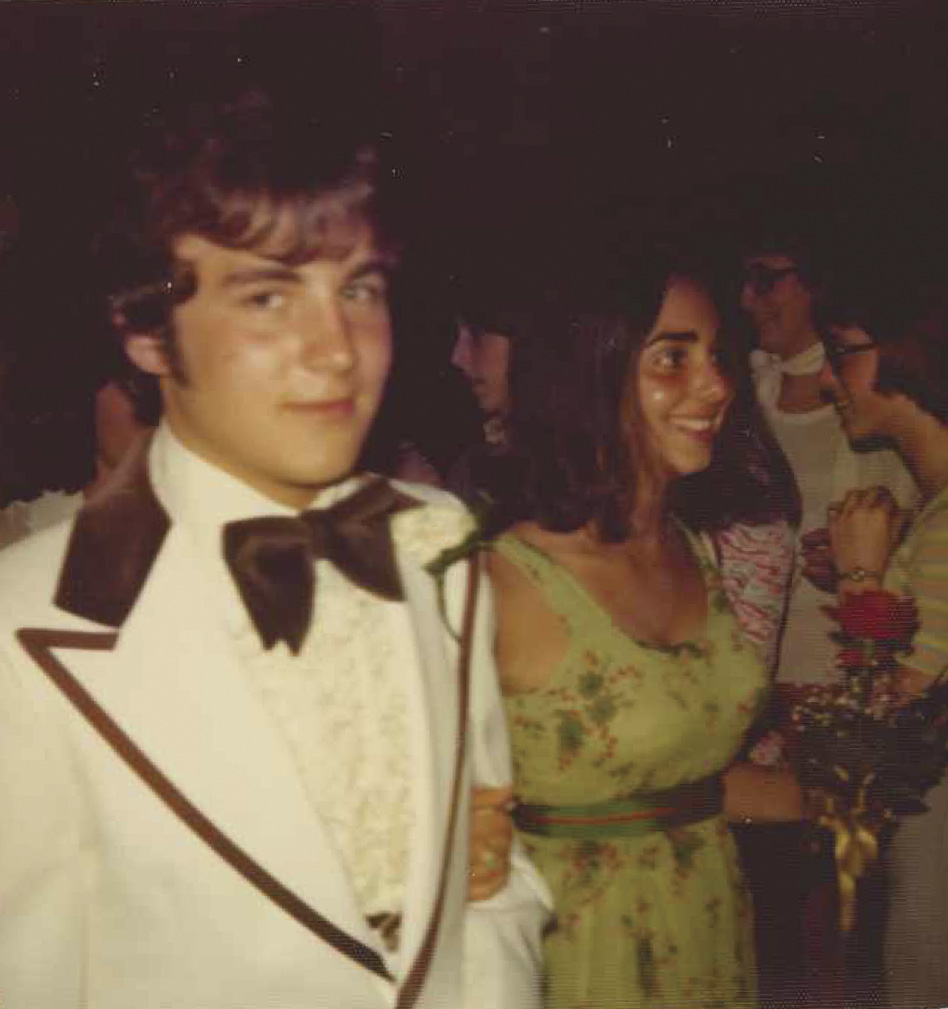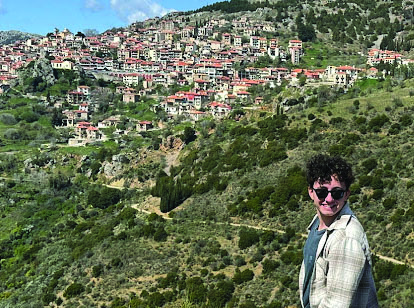
Wes Anderson’s new movie “The French Dispatch” is a feat of unique storytelling and vibrant colors. The film is a tribute to magazines, specifically The New Yorker, and the stories they tell. It is not a coherent narrative, but rather different stories told throughout—like a magazine. There are five sections: “The Cycling Reporter,” “The Concrete Masterpiece,” “Revisions to a Manifesto,” “The Private Dining Room of the Police Commissioner” and “Obituary.”
“The Cycling Reporter” follows Herbsaint Sazerac (Owen Wilson), showing part of the made-up town Ennui and describing its residents and locations. The sets dazzle with color as buildings and people enter and exit the passing frame of the bicycle. This entire section is dependent on Wilson’s performance, and he delivers.
“The Concrete Masterpiece” is my favorite part of the movie. Moses Rosenthaler (Benicio Del Toro) begins painting pictures of a prison guard (Léa Seydoux) and is discovered by tax-evading art dealer Julian Cadazio (Adrien Brody). Cadazio leaves prison and sells Rosenthaler’s work, making him an international sensation. Del Toro and Seydoux have impressive chemistry, and Cadazio and his bumbling associates make for a funny crew. “The Concrete Masterpiece” contains a captivating scene where Anderson has everyone freeze as he takes the camera around the set, stopping and starting within the madness. It is intriguing and fun to watch a mad artist and blundering art dealers in conflict.
“Revisions to a Manifesto” follows Lucinda Krementz (Frances MacDormand) as she joins Zeffirelli (Timothée Chalamet) in a youthful rebellion. I found this section interesting, but it drags on. It was also shot in black and white, a departure from Anderson’s traditional aesthetic of lively color palettes. The variation was unwelcome, as the draw of Anderson’s movies is his style.
In “The Private Dining Room of the Police Commissioner,” Roebuck Wright (Jeffrey Wright) is interviewed on a late night talk show and is asked to describe a story he wrote about a police officer and chef (Stephen Park) who cooks fabulous meals using ingredients from whatever is in the station. On the night of his visit to the police station, the commissioner’s son is kidnapped and the rest of the night is dedicated to searching for the boy. Anderson artfully switches to animation for a car chase scene, which is eye-catching. Although unorthodox, the animation makes the car chase seem just as real if it had been shot in live action.
The entire section is also punctuated by the seemingly random arrival of a circus acrobat who swoops in to save the day. I loved this story, especially because of Anderson’s transition from live-action to animation and the humorous entrance of the acrobat.
“Obituary” effectively wraps up the story of “The French Dispatch” magazine. The editor-in-chief Arthur Howitzer Jr. (Bill Murray) lies flat on his desk, lifeless. Per his will, the magazine ceases to exist, and the stories in the movie constitute the final edition of The French Dispatch.”
Like a magazine, some articles are better than others. This is certainly the case for “The French Dispatch,” whose stories vary in substance and quality. Like all Wes Anderson films, it has aesthetically pleasing sets, quirky colors and vibrant dialogue. Overall, it is an enjoyable experience that delivers due to the unique artistic style, interesting storylines and hilarious performances that keep viewers entertained.

















